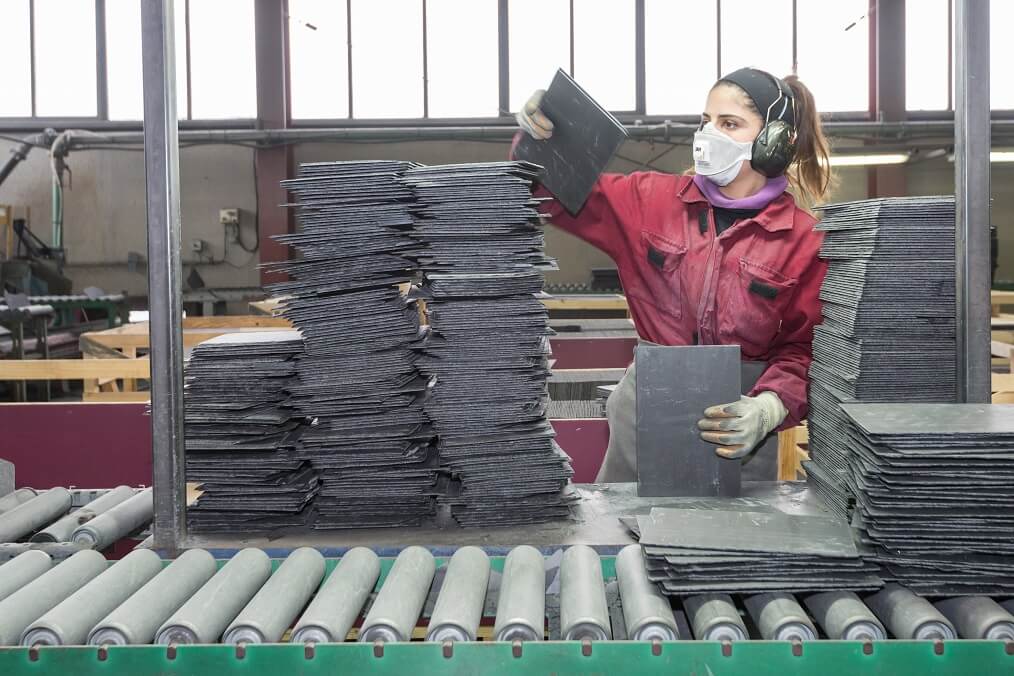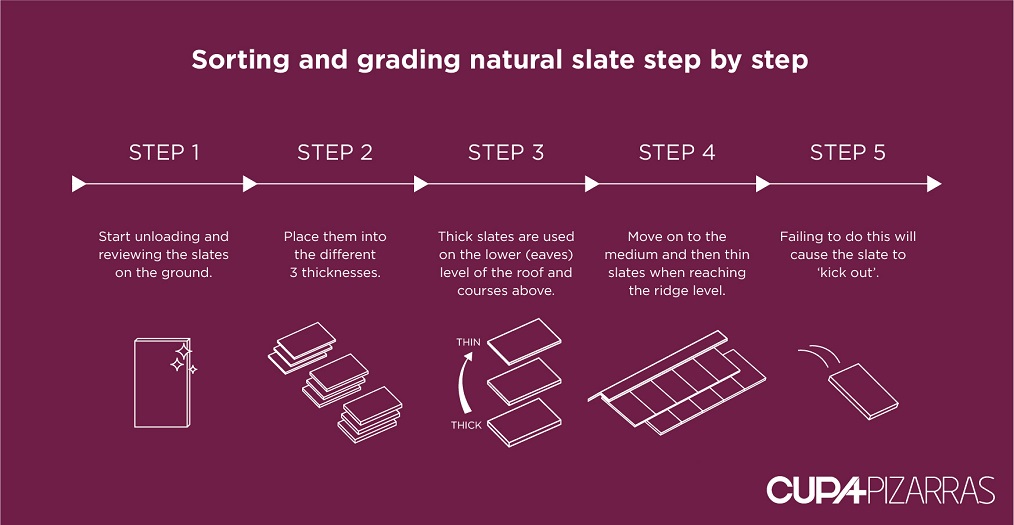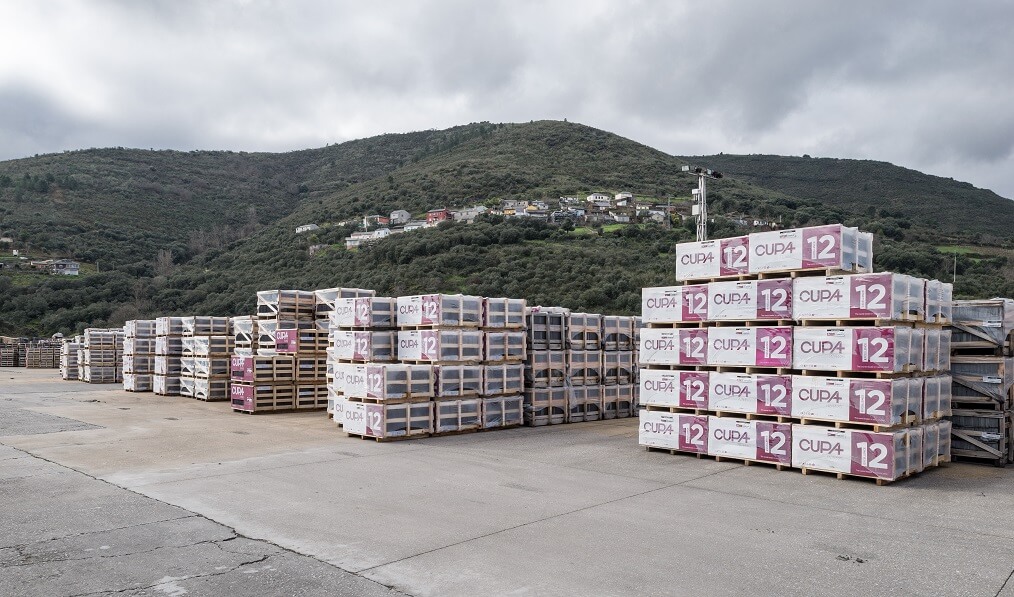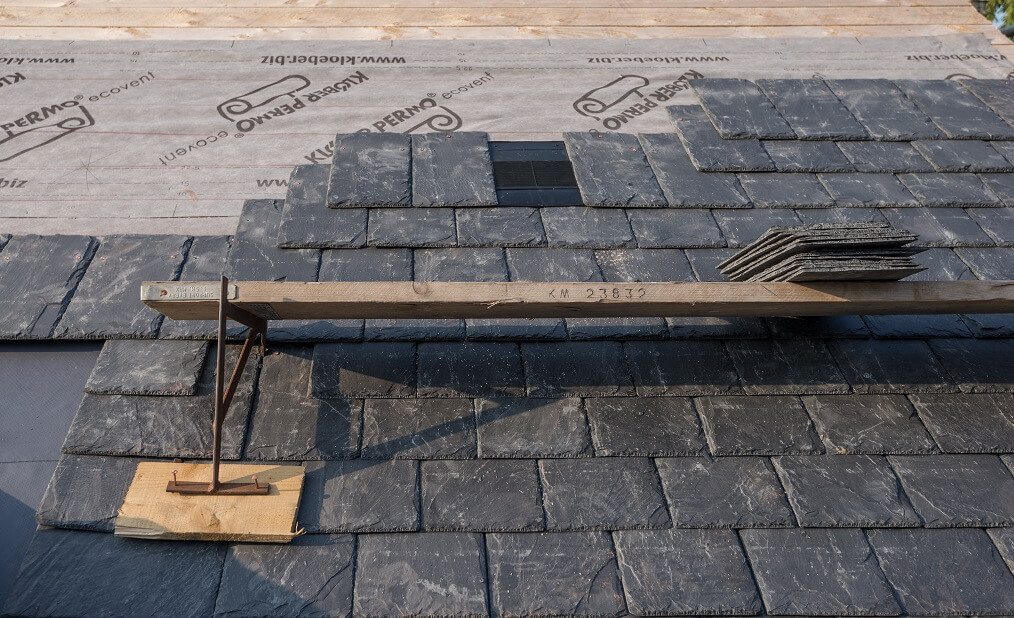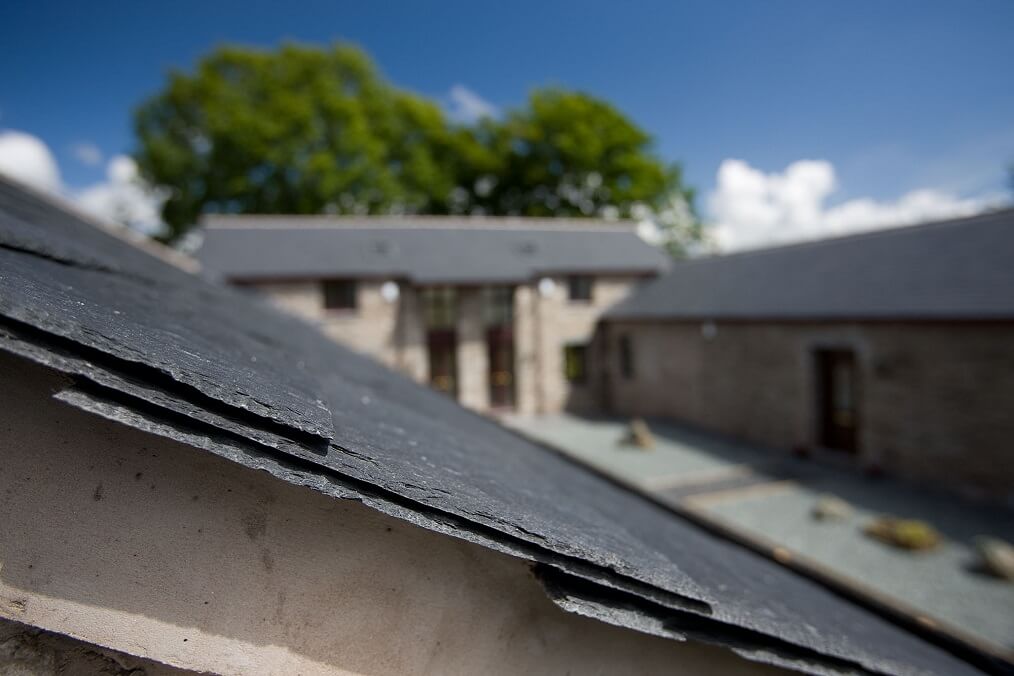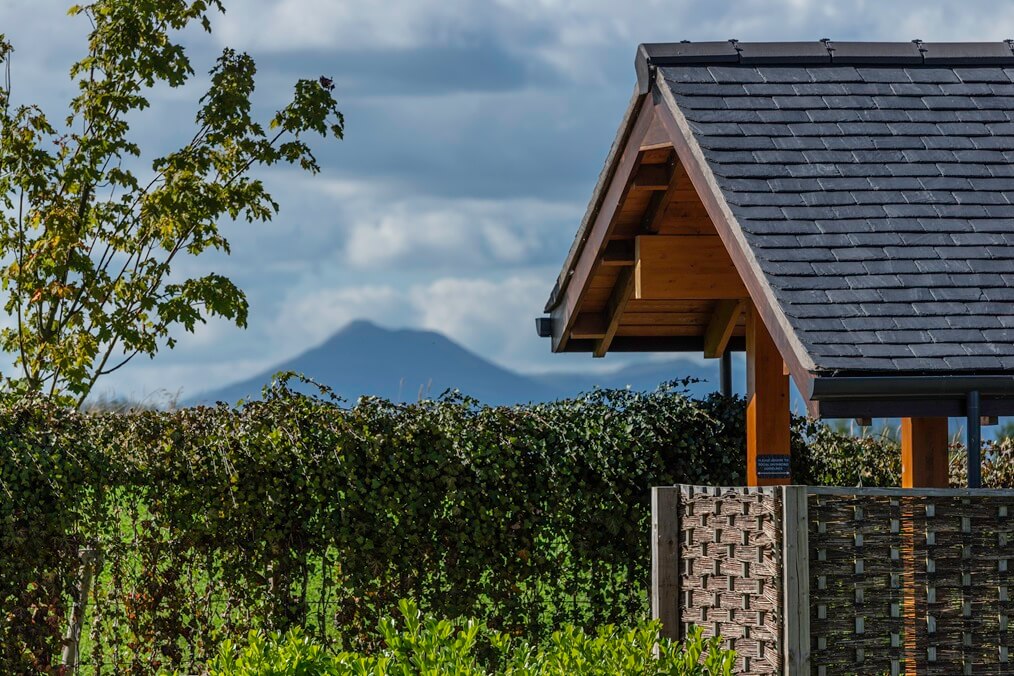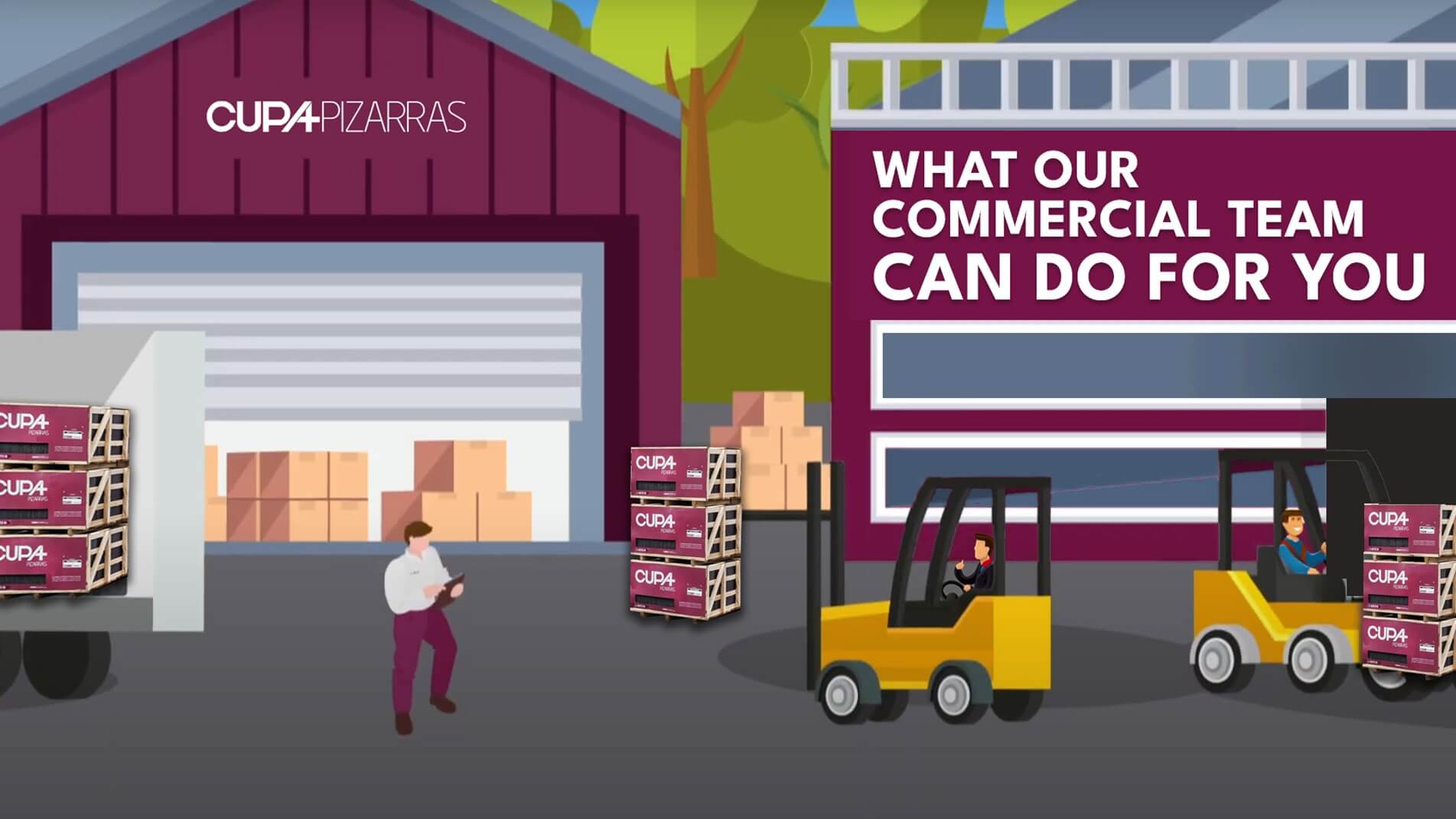How do you sort and grade natural slate roofing?
You can find natural slates in nearly every shape and size you can think of. From our 19 quarries and 22 transformation plants, our quality control team classify our natural slate into three different selections.
The R Excellence selection is the result of an extraordinarily rigorous classification process that only passes slates of great flatness and very regular thickness. However, do not forget that even the best natural slates produced in the world need to be sorted and graded before installing.
As the BS 8000 Part 6 2013 Code of Practice for Slating and Tiling states:
Sorting slates by thickness is as an important part of the slating process as fixing them is.
Sometimes due to lack of time, or because it is deemed not to be important, this process is avoided. This is a big mistake both in terms of aesthetics and performance as the roof will to look worse and will require maintenance.
Sorting and grading gives the roof an improved aesthetic finish and a stronger resistance to wind lift.
Sorting and grading natural slate step by step
First of all, remember to keep the pallet ID. We recommend you take a quick snap or peel them before starting the process as you can now request a Guarantee Certificate through our new online tool.
-
Start unloading and reviewing the slates on the ground, there is more space!
- The grading is done by eye and through touch, then stack them neatly in three rows.Simon Dixon, Training Manager and Technical Officer at the NFRC, has a good piece of advice here:
I was taught to stack them head down, tail upwards in slightly staggered stacks of ten: the tails are free from any accidental damage, and it’s easy to see how many slates there are in each row.
-
Thick slates are used on the lower level (eaves) of the roof and courses above.
- You move on to medium and then thin slates when reaching the ridge level.
- Failing to do this will cause the slate to ‘kick’ and may also affect the courses above. Simon Dixon explains what could happen:
If a thick slate is laid next to a thin slate, when the next course above is laid it would ‘cockle’, not sit flat, and there would be a pronounced gap under the tail, allowing wind driven rain to enter underneath. Gaps could also cause the slates to ‘chatter’, in effect rattling against each other.
Relying on quality natural slates is important but is not enough if you do not fulfil all the process’ requirements.
Danny Campbell, Sales Specification Manager at CUPA PIZARRAS, states:
Natural selection slates will need more diligent sorting before fixing whereas R Excellence grade slates will need minimalistic sorting and grading. This should be taken into account when deciding which grade of slates to purchase. There will be a reason for the difference in price between grades and quality of slate.
If you need more information about this process, do not hesitate to contact us as our team of roofing experts are at your complete disposal.
Looking for more professional tools? Register in our Resource Center.

